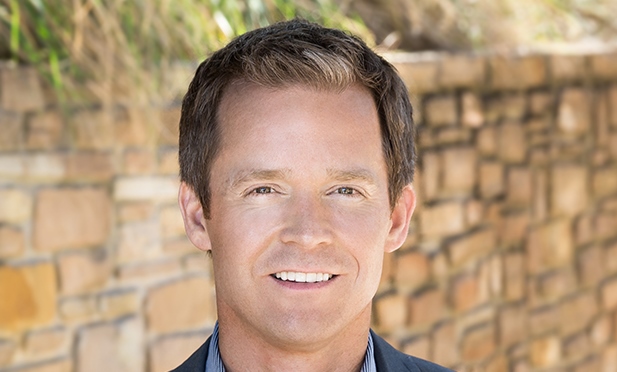 Reisinger says the earlier a firm can engage with the community, the more input is provided.
Reisinger says the earlier a firm can engage with the community, the more input is provided.
SEATTLE—When developing in a new city, forging a strategic partnership with a neighborhood can have an immeasurable impact. The multifamily arm of Lennar Corp., LMC, similarly finds value in seeking neighborhood input when evaluating new US locations. In this exclusive, Brad Reisinger, LMC's division president of the Pacific Northwest, discusses techniques for partnering with neighborhoods rather than creating a divide from the start.
GlobeSt.com: How and when do you start building the relationship and rapport with a neighborhood before breaking ground on a new development?
Reisinger: We seek input and feedback during the initial conceptual phase of a development. The earlier we can engage with the community, the more input they can provide. By the time we've underwritten a concept and obtained investment approvals, it becomes much more difficult to make meaningful changes.
GlobeSt.com: In what ways has LMC included the community in its development process?
Reisinger: We've done everything from meeting with key stakeholders to hosting focus groups to holding large town hall events. However, we typically hire design consultants who have worked in the neighborhood before so that we start off with a good understanding of the community needs and know what might appeal or not appeal to the local residents.
GlobeSt.com: What techniques have you found most impactful and influential when building that relationship?
Reisinger: Transparency and sincerity are key. If you invite the neighborhood to comment but have no real intention of incorporating those comments, you are setting yourself and the development up for failure. Not every development requires substantial neighborhood input beyond the formal public design review process, but for those that do, the key is to engage early enough so that you can actually respond to their concerns and ideas. But you also have to be transparent as to the degree that your design and ultimately your pro forma can accommodate new ideas.
GlobeSt.com: When met with resistance, how have you handled to work toward a solution or middle ground?
Reisinger: This goes back to transparency and sincerity. I don't shy away from the reality that we and our investors have financial-return hurdles we must achieve. I typically explain the financing at a conceptual level and essentially define the box we are working from within. Once that information is presented, it provides a mutual understanding and the community appreciates providing input on the design.
GlobeSt.com: Have instances occurred when you've actually adjusted your development plan to best fit the desires of the community?
Reisinger: Yes, we completely restructured a massing plan for a development in Seattle after meeting with the neighborhood group that had very strong cultural ties to the submarket. We clearly articulated our goals for the development and they did the same for their interests in the site. We then formulated a new plan that kept our development viable while gaining a powerful advocate to work with us through the city's entitlement process.
© 2025 ALM Global, LLC, All Rights Reserved. Request academic re-use from www.copyright.com. All other uses, submit a request to [email protected]. For more information visit Asset & Logo Licensing.








